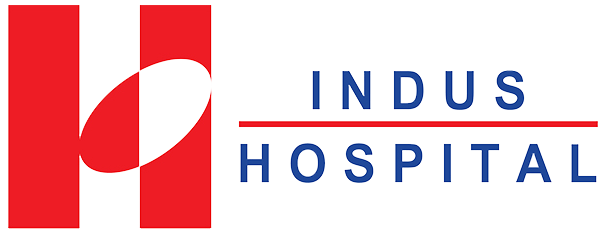Importance of Skilled Birth Attendants
Skilled birth attendants (SBAs) are one of the most effective means to reduce maternal mortality rates, bringing mothers one step closer to hearing the coo’s of their babies. Skilled birth attendants, including midwives, nurses, and obstetricians, play a critical role in:
- Providing routine care, such as monitoring fetal heart rates and administering oxytocin to prevent postpartum haemorrhage.
- Identifying potential complications, such as eclampsia or obstructed labour, and taking timely action to prevent or manage them.
- Referring women to higher-level care, such as caesarean sections or intensive care units, when necessary.
The need for robust health systems to reduce maternal and newborn mortality must be stressed. The postpartum period is exceedingly stressful for new mothers and one of the most vulnerable periods of their life. As they heal from the physical toll of childbirth, they face the added challenge of caring for their newborn.
Their bravery shines through these tender days that bring joy and exhaustion, and the recovery period is not yet over. A compassionate and caring birth attendant by a mother’s side during the postpartum period can make all the difference, helping them and their baby settle into a comfortable routine.
Studies have consistently shown that skilled attendance at birth significantly reduces maternal mortality rates. For example, a study in Rwanda found that the presence of skilled birth attendants reduced maternal mortality rates by 50% between 2007 and 2015. Similarly, a study in Uganda found that SBAs reduced maternal mortality rates by 30% between 2011 and 2016.
Inequalities and Healthy Mothers
In Pakistan, the difference in economic and educational status results in distinct inequalities regarding safe delivery care. According to UNICEF (2024), there is a stark disparity in access to skilled birth attendants (SBA) based on educational background: only 38% of deliveries among mothers with no formal education had skilled attendance, contrasting sharply with 92% of births among women with higher education. Exposure to media significantly increases a woman’s likelihood of receiving skilled birth attendance, serving as an effective channel for disseminating information on maternal care.
Every mother, regardless of her financial situation, deserves access to quality maternal and neonatal healthcare. No woman should have to suffer the agony of preventable complications or lose a child due to lack of medical attention. Every mother’s smile, every baby’s cry, and every family’s happiness hinges on access to basic medical care. It is a fundamental human right, not a privilege reserved for the fortunate few.
Improving SBA Access
The Indus Hospital Bhong, Al Ghazi Trust, launched a midwife-run labour room due to requests from the community for free, high-quality birthing services. The maternal and newborn mortality rate in Bhong, District Rahimyar Khan, was extremely high due to lack of availability of quality delivery services. Most deliveries were either traditional home births or at basic government maternity homes with unsterile environments.
Indus Hospital & Health Network proceeded to train midwives from the community itself, providing antenatal care and ultrasound services to women throughout their pregnancy, running a labour room 24/7 followed by post-delivery check-ups, newborn care checks, and lactation support. The midwifery programme has conducted more than 7,500 antenatal appointments and more than 300 safe deliveries with healthy babies since its inception in 2019.
They have transformed the entire maternal health landscape of Bhong and its surrounding villages by following the midwifery model of care and providing quality maternal and newborn health services through respectful maternity care. Additionally, during the era of mass flooding across Pakistan, tele-midwifery services were used where our mobile health clinics could not access. Midwives would visit women’s homes with necessary equipment and material, and then link them with a gynaecologist.
By 2025, IHHN aims to have strengthened the capacity of systems, institutions, and communities to provide high-quality, comprehensive reproductive health information and services. As we work tirelessly to bring free maternal and neonatal care nationwide, we long to see every mother hold her newborn close, free from the fear of medical debt.
Your contributions provide thousands of mothers a way to watch her child grow and support her journey in ensuring quality care she deserves.



